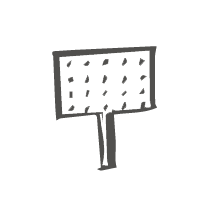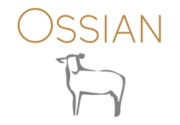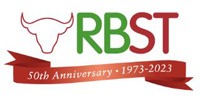
10 of 20 Stages of the Evolution of British Wool
Carding
Carding, is essentially a process of combing the washed wool, aligning all the hairs to sit in one direction in preparation for spinning. This process creates a loose, light roll of soft wool, known as roving. This can be done by hand or machine. It was during the industrial revolution that this process became mechanised, using large drums covered in short spines. This new machinery dramatically increased the quantities that could be carded, enabling the growth of the textile industry.
I visited the The Natural Fibre Company in July 2021, this business was established to process wools for smaller farms in Cornwall. They brought in vintage machines as these were perfect for their small- scale operation and at the same time this was a form of recycling.

As the carding process uses a small amount of vegetable oil but no other chemicals, it has a relatively low impact on the environment. There is a carbon footprint of the power used in the factory, which could be reduced by building solar panels to run the machines, as has been showcased by Zegna Baruffa, one of the largest knitting factories in Biella, Italy.


Hand carding fleece from the rare sheep breed, the Castlemilk Moorit.
Using handheld brushes, I brush the fibre 4/5 times to remove any remaining vegetation and to align the hairs creating roving, ready for the next stage of spinning. Hand carding is the most sustainable option but as this is a time-consuming process it limits the amount that can be produced.






